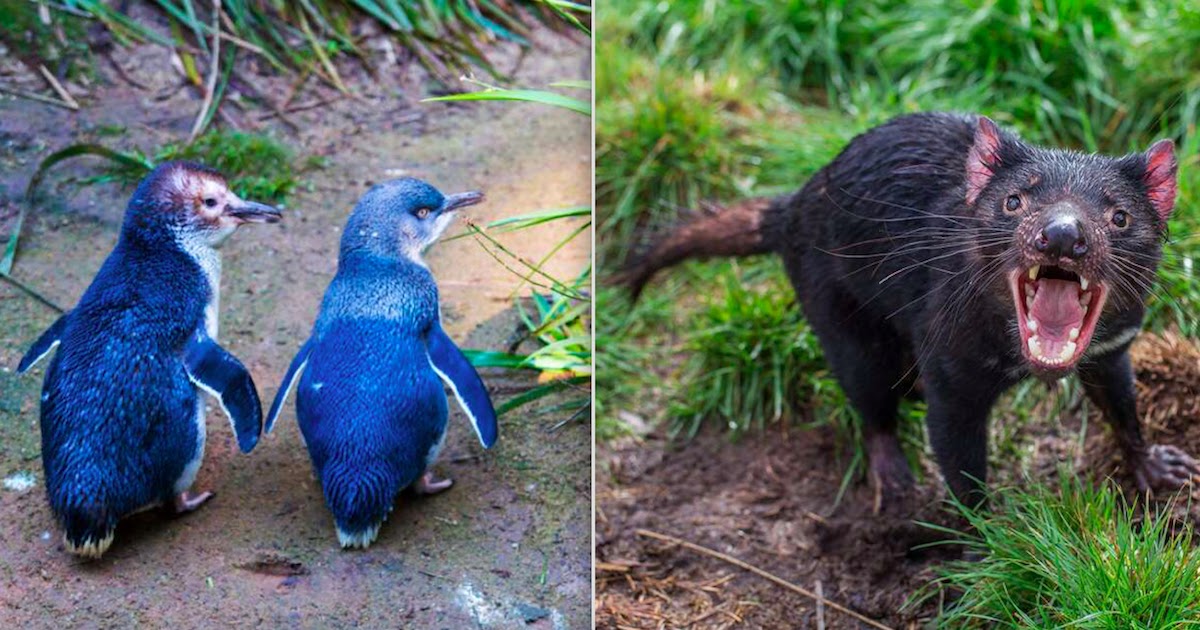
Over the past 30 years, Tasmanian devils have been pushed to the brink of extinction due to the spread of a contagious cancer known as, devil facial tumor disease (DFT).
In an attempt to save the species and establish a reserve population that is geographically isolated from DFT, scientists introduced Tasmanian devils to Maria Island which sits to the east of Tasmania. The island had been a haven for the Eudyptula minor, the smallest penguin on Earth. Due to their small stature and limited defences, the penguins were an easy target for the Tasmanian devils which are thought to have wiped out a breeding polutation of 6,000 penguins.
Worringly, a recent survey conducted by BirdLife Tasmania reveals that, since the introduction of the Tasmanian devils in 2012, the penguins have now completely disappeared.
Dr Eric Woehler, the convenor of BirdLife Tasmania told the Guardian:
"Every time humans have deliberately or accidentally introduced mammals to oceanic islands, there's always been the same outcome… a catastrophic impact on one or more bird species. Losing 3,000 pairs of penguins from an island that is a national park that should be a refuge for this species basically is a major blow."
Australia and New Zealand are both familiar with the negative consequences of introducing species to countries that are home to ground-nesting birds. In 1837, the introduction of possums in New Zealand in an attempt to establish a fur trade, resulted in the iconic native species, kiwi, being endangered as well as the destruction of native trees and shrubs.
The threat Tasmanian devils pose to little penguins is even worse. But, according to Woehler, it is not only the penguins who suffer as a result of the human-aided arrival of the devils:
"We're getting reports of geese trying to nest in trees to avoid devil predation. It's very clear that the devils have had a catastrophic ecological impact on the bird fauna on Maria Island."
[h/t: IFL Science]












COMMENTS